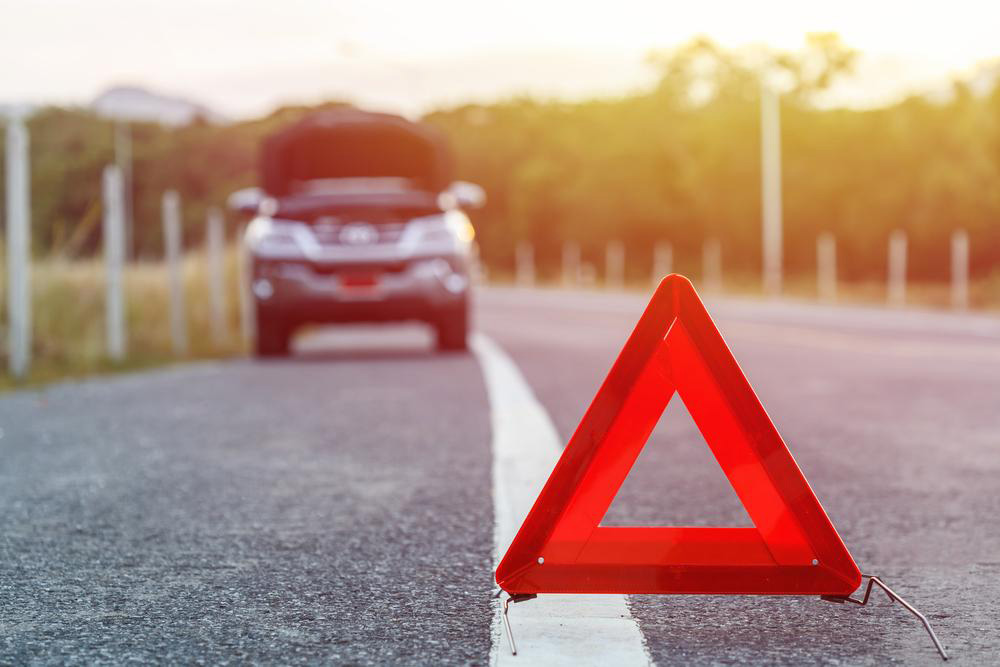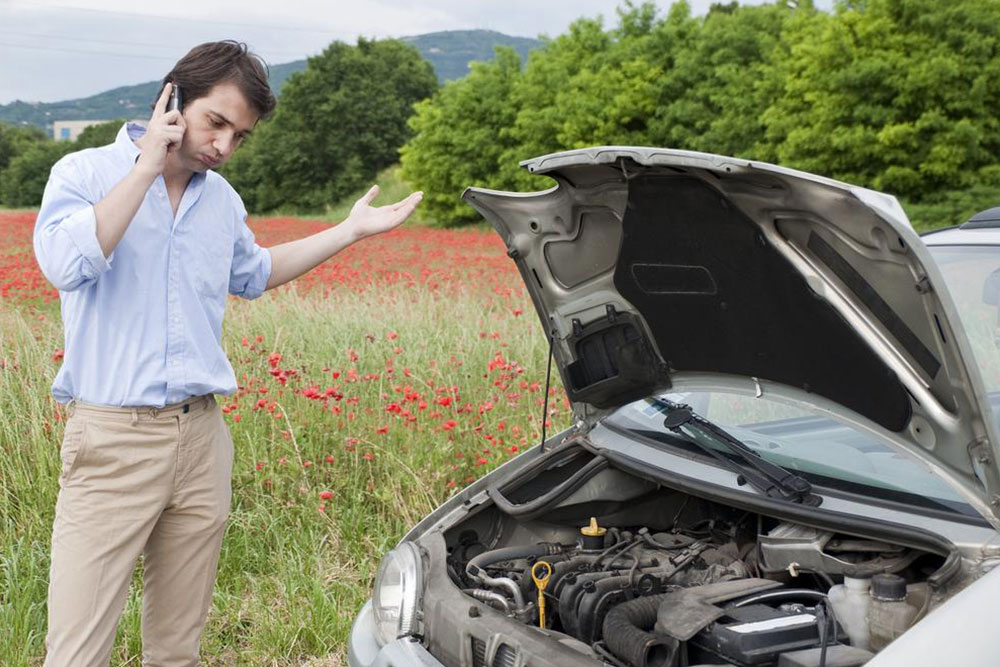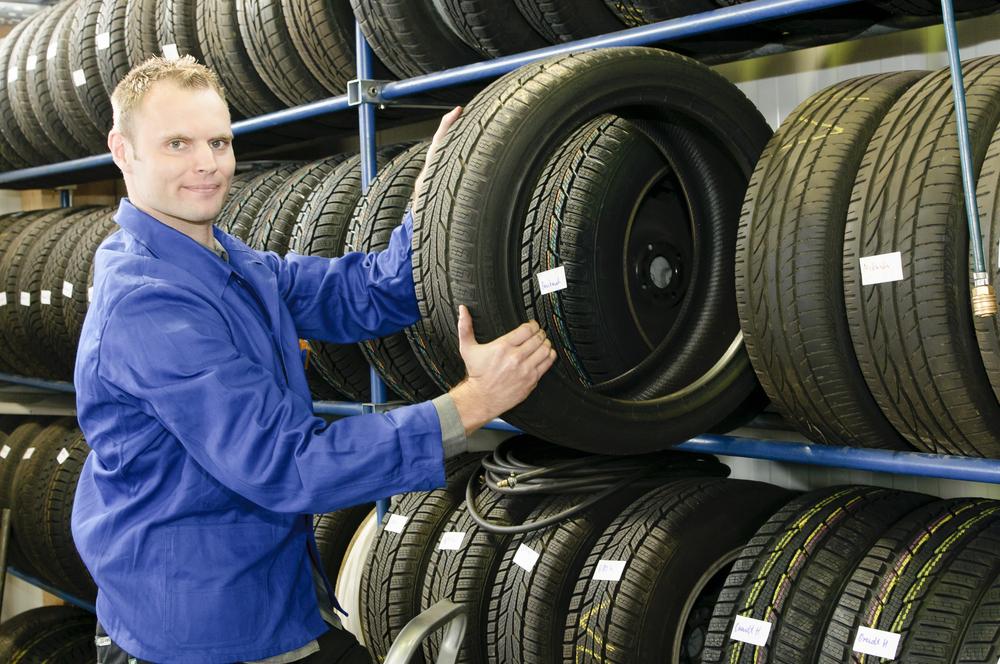Comprehensive Safety Tips to Follow When Your Vehicle Breaks Down on the Road
This comprehensive guide provides essential safety tips for drivers experiencing vehicle breakdowns on the road. It covers immediate response actions, safety precautions, emergency supplies, and how to effectively seek professional assistance. Following these guidelines ensures safety, reduces risks, and equips drivers with the confidence to handle roadside emergencies calmly and efficiently.

Essential Roadside Safety Strategies for Drivers During Vehicle Breakdowns
Facing a vehicle breakdown unexpectedly can be a stressful situation for any driver. Whether it’s caused by a flat tire, engine troubles, overheating, or a collision, knowing the right safety procedures can significantly reduce risks and ensure your safety until help arrives. Sometimes, you may need to tow your vehicle to a repair shop or call a mechanic if the damage prevents driving. Staying calm and following proven safety steps during such emergencies is vital for your safety and that of other road users.
React quickly and decisively: The moment you suspect an issue with your vehicle, pull over immediately to a safe location. Your priority should be to avoid obstructing traffic, which could lead to additional accidents or injuries. Find a safe spot, such as a shoulder or designated breakdown lane, and activate your hazard lights to alert other drivers.
Shift your vehicle away from active traffic: Once stopped, aim to move your car to a safe, less congested area. Ideal locations include rest stops, parking lots, or well-lit areas where your vehicle won’t pose a hazard. Park as far away from moving lanes as possible, especially at corners or bends where visibility is limited for oncoming traffic.
Make your presence known: Use warning devices like reflective cones, warning triangles, flares, or hazard lights to increase your vehicle’s visibility. If accessible, open the hood to signal mechanical trouble. These actions help other drivers recognize your emergency and prevent collisions.
Call for professional roadside assistance: If your vehicle is stuck or you’re unable to fix the problem yourself, contact a reliable roadside assistance service. Having this service planned ahead and storing their contact information in your phone ensures quick access. Professionals can provide towing, minor repairs, or flat tire changes, saving you time and effort.
Remain inside your vehicle if safe: For safety reasons, especially on busy roads, it’s usually best to stay inside your vehicle while waiting for assistance unless you’re in immediate danger. If you exit, watch for fast-moving traffic and stay as far from the roadway as possible.
You should carry essential emergency supplies: Keeping a well-stocked emergency kit in your car is invaluable during breakdowns. Include items such as a basic toolkit, bottled water, non-perishable snacks, necessary medications, a spare tire, duct tape, jumper cables, gloves, and a flashlight. These supplies can help you manage minor repairs or stay comfortable while waiting for help.
Be cautious of strangers offering assistance: While many people genuinely want to help, it’s safer to rely on official roadside services. Suspicious individuals could pose risks, especially if they ask for money or try to take control of the situation. Contact professionals directly and avoid accepting help from strangers unless in a clearly safe environment.
Assess the situation before attempting repairs: If you are familiar with vehicle mechanics and the problem appears minor (like a flat tire or dead battery), you might consider fixing it yourself. However, avoid tackling complex issues that could compromise safety or cause further damage. If in doubt, call for roadside assistance or professional repair services.
Prepare in advance for emergencies: Regularly review your vehicle’s condition and keep emergency supplies up to date. Knowing your route and having necessary contact information saved can make managing breakdowns more straightforward. Also, consider joining roadside assistance programs or insurance plans that include vehicle recovery services.
Being prepared for roadside emergencies is crucial for all drivers. Understanding and implementing these safety guidelines can significantly reduce risks and help manage stressful situations more effectively. Remember, safety always comes first—stay calm, alert, and proactive to ensure your well-being and that of others nearby.





